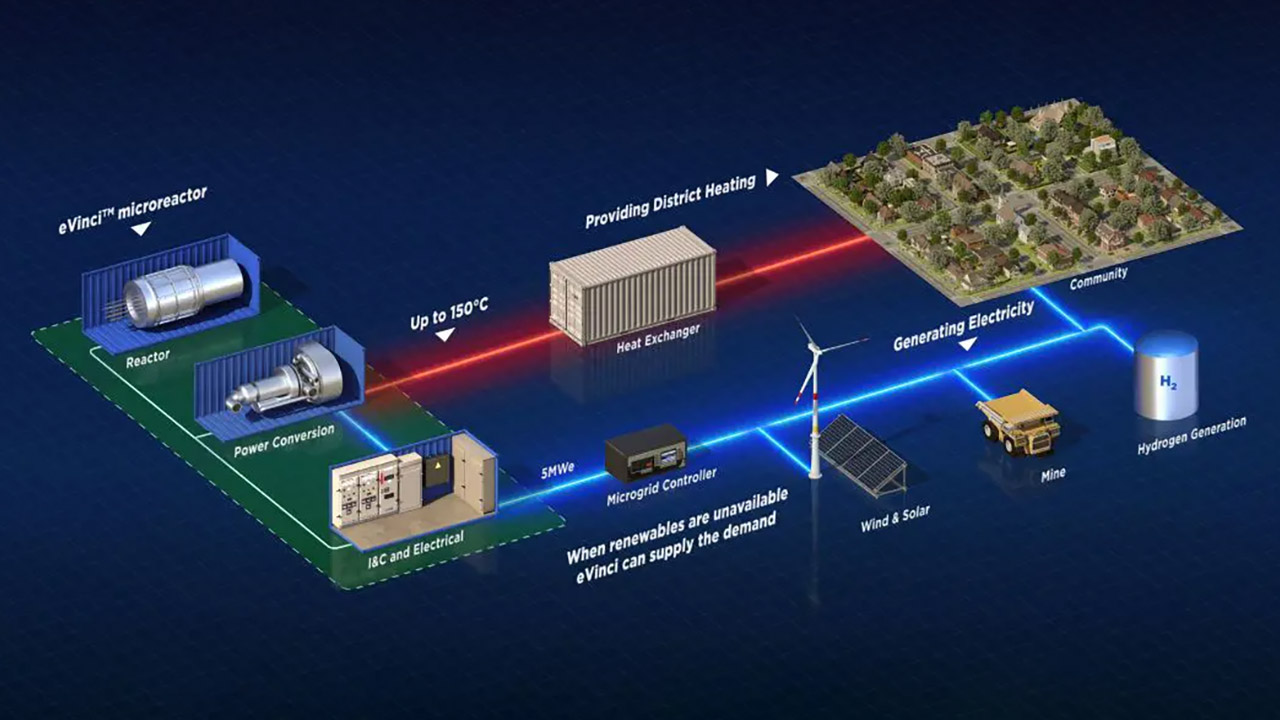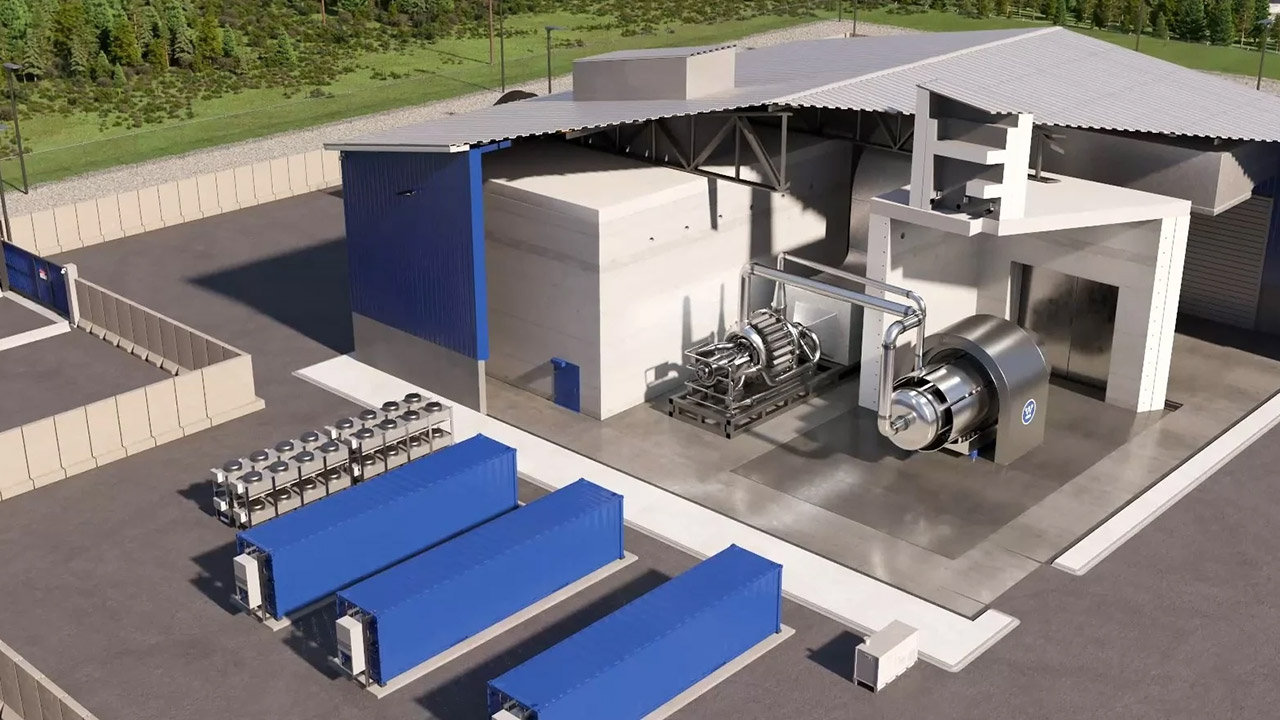
Out in Idaho’s desert, tiny nuclear reactors are definitely something you don’t expect to see while traveling. These mini powerhouses, called microreactors, aim to bring clean energy to far-off places around the world.
The U.S. Department of Energy (DOE) teamed up with Westinghouse and Radiant to test their designs at the Demonstration of Microreactor Experiments (DOME) facility at Idaho National Laboratory. Testing starts as early as spring 2026 and could make nuclear power more practical as well as accessible than ever.
Sale

Power Bank, 15000mAh Portable Charger with Built in Cable, 22.5W Fast Charging, 6 Outputs, Slim Travel…
- Multi-Device Charging with Built-In Cables: This portable charger comes with integrated cables for USB A, Type C, iOS, and Micro, ensuring…
- Fast 22.5W Charging for Rapid Power Delivery: With 22.5W of fast-charging power, this portable charger significantly reduces charging times. Its…
- Charge Up to 6 Devices at Once with Bi-Directional Type-C Port: This power bank includes 6 output and 3 input ports, allowing you to charge up to 6…
Microreactors are like mini nuclear plants that produce 1 to 50 megawatts. Unlike the big, expensive reactors of old, these compact units are factory-built, trucked in and set up quickly. They boast self-regulating passive safety systems that keep things cool without the need for constant babysitting. “Microreactors will play a big role in expanding nuclear power in the United States,” says Mike Goff, Acting Assistant Secretary for Nuclear Energy.
Westinghouse’s eVinci microreactor is one of the stars headed for testing. It uses heat pipe tech—hundreds of pipes filled with a special alloy that wicks heat from the core without pumps or water. This setup produces up to 5 megawatts, and runs for eight years without a refuel. “We are at an inflection point and are accelerating the commercialization of our eVinci technology,” says Jon Ball, president of eVinci Technologies at Westinghouse.

The eVinci’s heat pipes run without moving parts, reducing the chance of failure. Radiant’s TRISO fuel is designed to withstand extreme conditions, making meltdowns a long shot. These features address the big worries about nuclear power, especially after Fukushima. By testing these reactors at DOME, the DOE is proving they’re safe and efficient, clearing the way for regulatory approval and real-world use.

The DOME facility at Idaho National Laboratory is the world’s first dedicated microreactor testing site. Carved out of the old Experimental Breeder Reactor-II containment structure, it’s a high-security playground where companies can test fueled reactors. Each test will run up to six months and produce up to 20 megawatts of thermal energy. Using existing infrastructure keeps costs down and the environment happy. “This initiative shows our commitment to innovation and safety and opens the door to new possibilities,” says Brad Tomer, director of the National Reactor Innovation Center (NRIC).
[Source]